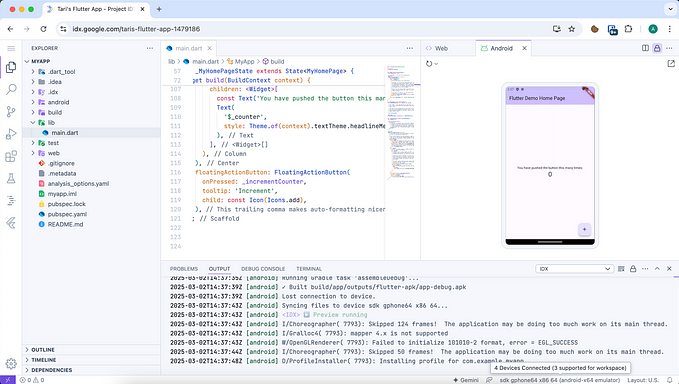Member-only story
Chocolinas? Forgettable: Chocotorta? Extraordinary
These Argentine cookies are not good, but they’re the foundation of the perfect cake

As a kid, I knew one thing for sure: If I found a purple cellophane wrapper on the kitchen counter, it would be a good day.
Chocolinas are simple chocolate cookies from Argentina. They come in an orderly row inside a purple wrapper with curly yellow lettering on it, the kind where you pull a red plastic tab and the sleeve comes undone. The people I know rejoice when they see it in a common grocery store; they reach for packs by twos. The cookies are forgettable on their own: they’re chalky, dry, and leave crumbs everywhere.
Chocotorta, on the other hand, is something extraordinary. The only thing that stands between the two is milk, dulce de leche, sour cream, and time.
The process of assembling chocotorta is ritualistic. You dunk the first cookie in a bowl of cold milk and set it in the corner of a tin pan. You repeat this step until you’ve blanketed the entire pan with milky cookies. Then comes a generous layer of dulce de leche and sour cream, mixed together in a ratio that you can never measure, online recipes be damned. It’s a product of intuition that comes and goes with age, becoming perfectly tangy-sweet with just enough experience, and then progressively less sweet as the palate matures. Then another layer of cookies, another layer of cream. Repeat until you reach the desired height, usually five cookies tall. Refrigerate for a few hours and serve.
According to folklore — because yes, Chocolinas are woven into the fiber of our culture — a woman named Maite Madragaña was once tasked with promoting three products: Chocolinas, Mendicrim (a lighter version of cream cheese), and a regional dulce de leche. She borrowed from the classic Italian tiramisu and made a dessert all her own. This was in 1982, and thank goodness, because I couldn’t imagine a life, or birthday party, without her genius creation. Some might argue that a stack of industrial-grade cookies doesn’t deserve a place in the Latin food pantheon, but I beg to differ.










